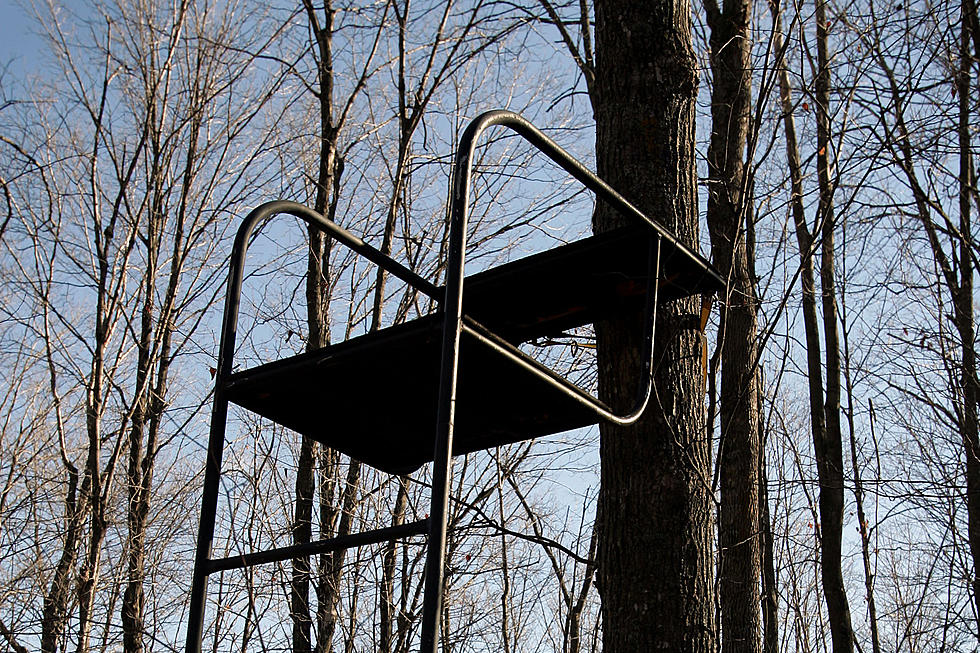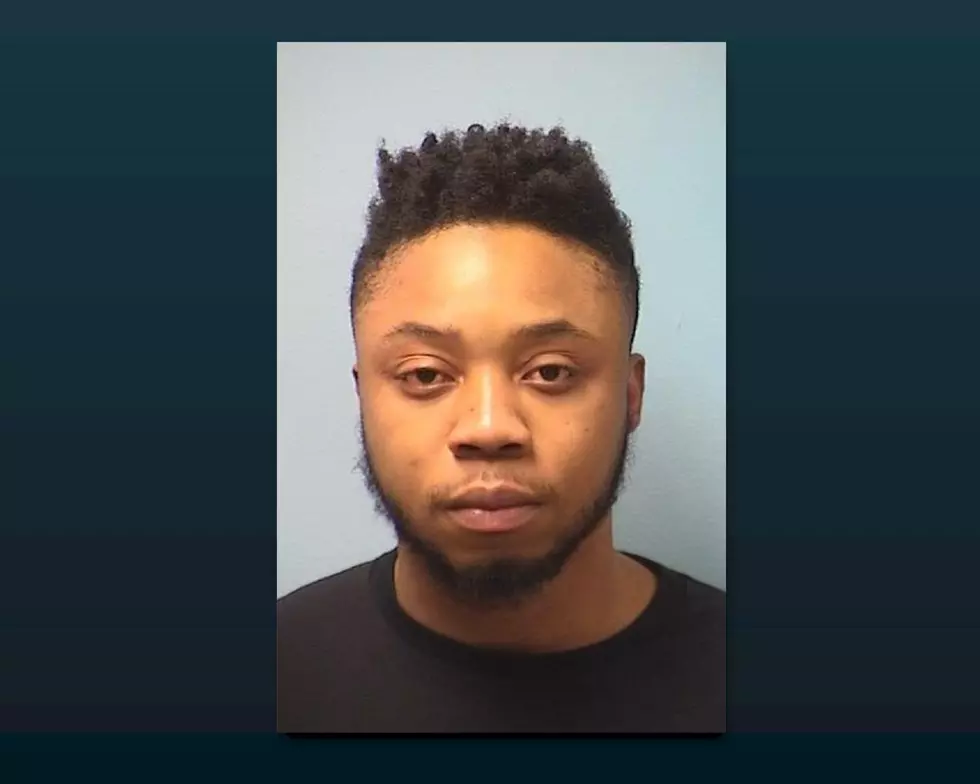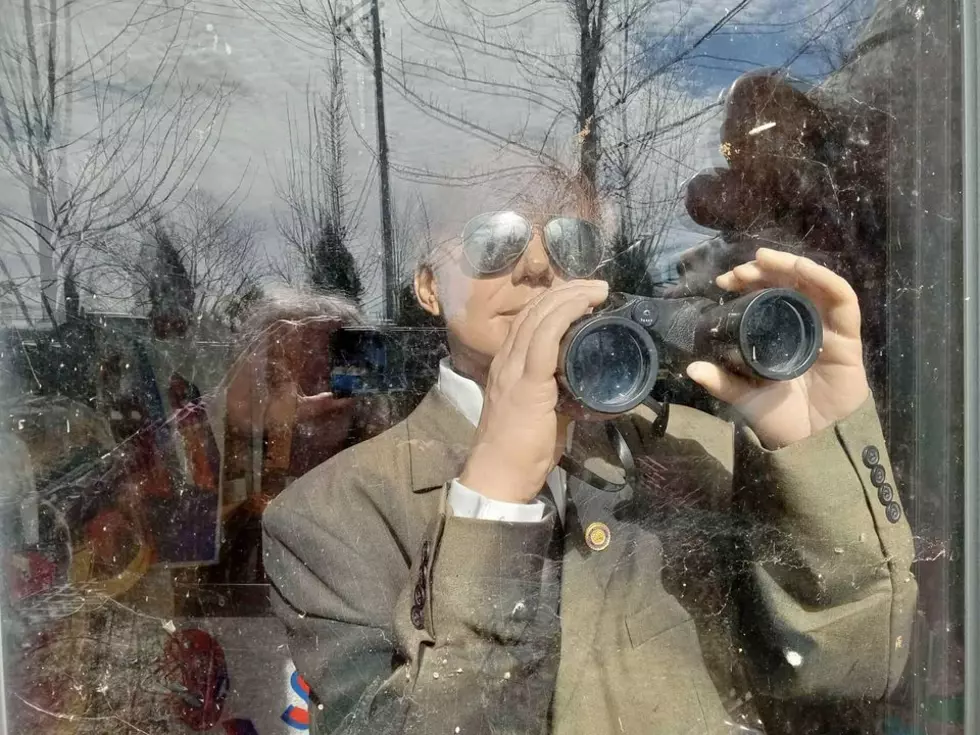
Police Department Bans Restraint Tactics Amid New Chauvin Videos
Since May 25th of 2020, anything having to do with police restraints have been a hot button issue. May 25th of 2020 was the day that George Floyd was held under former police officer Derek Chauvin's knee for just shy of 9 minutes. We all know this story very well
Since that day, there has been much debate on what type of restraints should or should not be used when apprehending a suspect. When is it appropriate, and how much force should or should not be used?

There were two more videos of incidents where Chauvin was recorded using those same restraint tactics that were used on Floyd in questionable situations. When you watch the videos, the tactics seem excessive. Extremely excessive. The two people were already restrained when Chauvin was recorded with his knee on the neck. This hold is a hold that is used, but in all three of these incidents, it was excessive force. Especially considering the length of time.
According to KARE 11,
Minneapolis police chief Brian O'Hara released a statement regarding the ban of these particular restraints to KARE 11:
In part:
There are still questions as to what the accountability will be if these restraint tactics continue to be used without it being necessary. What will happen? Verbiage within the manual is being changed, and there is a new police conduct group that will have it's board voted on later this month.
One would think that this would be a hyper sensitive issue with how to proceed. There is new leadership, and hopefully that will be the beginning to making a real difference.
LOOK: The biggest scams today and how you can protect yourself from them
LOOK: These Are the 50 biggest retailers in America
More From AM 1240 WJON
![St. Cloud Fire Promotes Eight Officers – [PHOTOS]](http://townsquare.media/site/67/files/2024/04/attachment-oath.jpg?w=980&q=75)








